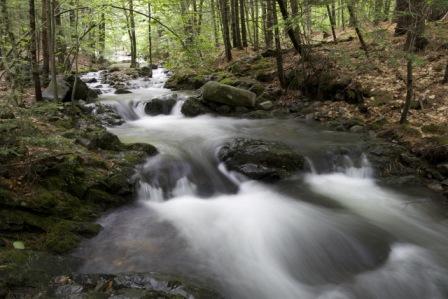Clean Drinking Water
Access to safe and clean drinking water is crucial for our survival. Water may get contaminated with harmful microorganisms like bacteria, viruses, protozoan cysts or toxic chemicals like heavy metals. Millions of people get sick due to water-borne diseases every year and that is preventable by ensuring clean drinking water. Polluted water may have bad taste, odour and colour as well. So treating or purifying the source water before consuming it, is an essential.
There are two main water sources of drinking water:

Surface Water:
Surface water includes lakes, ponds, rivers and streams. Surface water sources get contaminated easily. So before choosing a surface water source the following factors should be considered:
- Is there any household, commercial or industrial waste discharge point upstream?
- Is there a possibility that pesticides or fertilizers from nearby firms/agricultural land may run off to contaminate the source water?
- Is the water body is frequently used by recreational boats, hikers and campers?
- Is the water body is used by other wild or domestic animals for drinking and bathing?
- Is there any mine that may leak chemicals to this source water body?
No matter how clean the water may look and taste, it can still be contaminated with deadly parasites and chemicals. So properly treating and tasting any water before using that as a drinking water source is a must.
Ground Water:
Groundwater sources include aquifers, springs and
underground streams. Usually Groundwater is safer than surface water and deep groundwater
is safer than shallow groundwater as they are less susceptible to contamination.
But ground water is hard to find and not easily accessible. Also if ground
water gets contaminated, it may persist for a long time. Groundwater usually
gets contaminated with toxic chemicals and harmful microorganisms.
Ensuring Clean Drinking Water:
Usually a water source is contaminated or not can be checked by doing some test on it. Water sample should be sent to any reputable analytical laboratory to test it for potential microbial and chemical contamination. There are standard tests and standard test protocol available to conduct those laboratory tests. Based on the test result the next steps for water purifications should be chosen.
But water disinfection is a must before considering any water for consumption and related activities (drinking; cooking; brushing teeth; washing fruit and vegetables to be eaten raw, washing dishes etc.)
Water can be disinfected effectively by boiling. Water can also be disinfected by using house hold bleach (5% of chlorine), chlorine tablets or iodine tablets. In the later cases manufacturer’s direction should be followed for proper procedures.
Drinking water can be produced and maintained by the following systems:
Know more about Clean Drinking Water here
Go Back to the Eco Ambassador Home
Total Visits to Site: